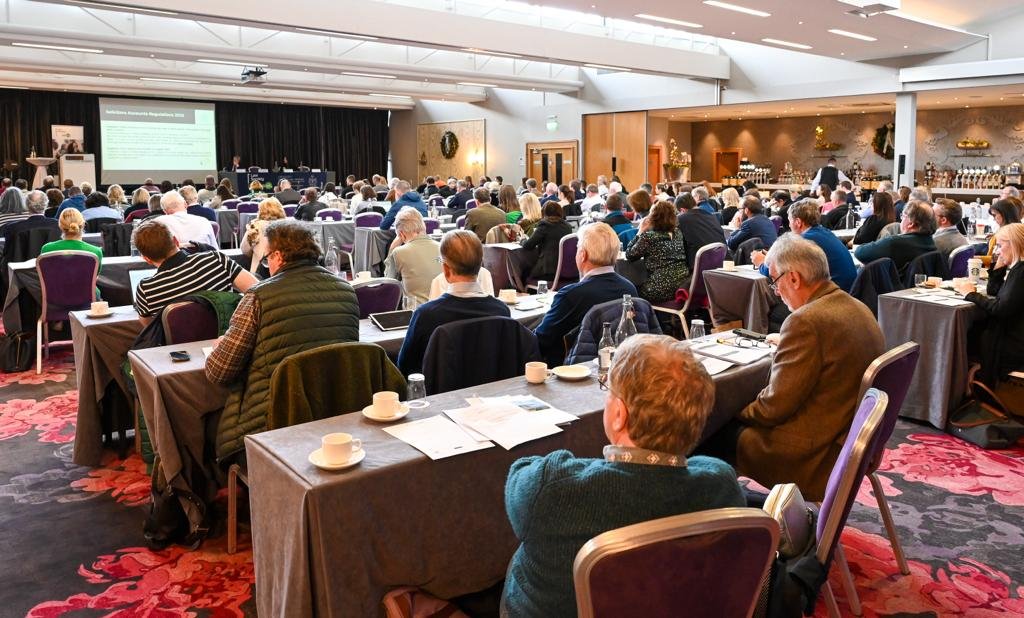“You’ll be fine!” the woman assures us. “I’ve even taken my mother up there and she’s not as young as she used to be. If even she can do it, you’ll be grand.”
My friend and I look doubtfully at each other. We’re on a day trip to the hills, and have stopped at a café for refreshment before a planned walk up to a viewpoint. The weather has closed in, and dark clouds are threatening rain. We had mentioned our plans to the friendly young woman behind the counter at the café, asking how difficult the route up to the viewpoint is.
“Mum found it a bit tricky at her age, but we got there in the end,” the woman continues brightly, mentioning the age of her mother.
My friend and I look at each other, and it’s all we can do not to burst out laughing. This woman’s mother, who has been described as bordering on decrepitude so far in this conversation, is several years younger than us. We thank the woman and head outside as it begins to rain. We hold a quick discussion – both a little doubtful after what she said, clearly not realising our own ages. But we’re wearing good shoes and waterproofs, and the path is very clearly-defined, so we decide to take our chances and begin the walk. We set out at the same time as a couple in their twenties, and pause to let them go ahead on the narrow path, so we don’t hold them up.
The weather worsens as we climb, and the rain soon turns to snow, blanketing the ground. Thick clouds mean we can no longer see the mountain views around us, but we are reassured by the presence of the young couple ahead – at least if we collapse there’ll be someone to run for help. The climb is steep, and the wind whips into our faces, making it feel as though we’re in a different season from the almost-Springtime and daffodils back home. It’s not particularly comfortable, but it is exhilarating. Suddenly, two figures appear ahead – the couple returning. “We’ve had enough, good luck,” they say as they pass, looking exhausted. My friend and I look at each other. We’re enjoying the exercise, so we continue for a while before turning around.
Back at the café, the young couple are nursing aching feet and cold limbs, thrilled to be back in the warm. “How did you make it up so far?” they ask in awe. As we enjoy hot cups of tea, we reflect on how glad we are that we went up, and how much what you can and can’t do is dependent on your attitude. It’s so easy to limit yourself based on other people’s assumptions, but everyone’s circumstances are different – in this case our fitness, clothing and preparation allowed us to climb the hill with ease, and it had nothing at all to do with age!










